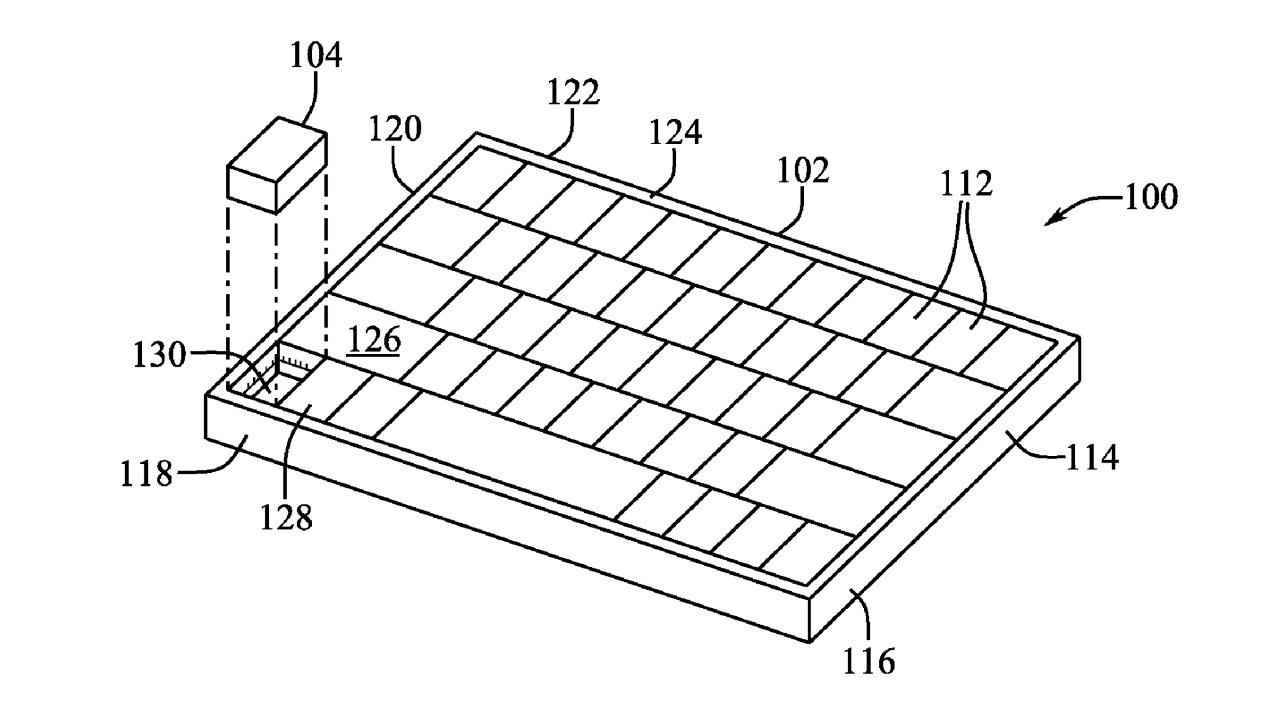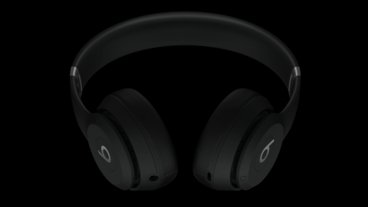Future Apple keyboard could have one key that can pop out and be used as a mouse
Apple is continuing researching on how one key on the MacBook Pro keyboard could be taken out, and used as a precision mouse.
"Deployable Key Mouse," is a newly-granted patent, yet Apple must be serious about this idea because it was previously granted a near-identical patent for an application filed in 2020.
That granted patent, and this one — both with the same title — sound less like Apple's typical futuristic plans, though, and more a throwback to the pre-trackpad days of the 1980s.
Back then, PC users could snap on a mouse to the side of their laptops, and struggle to use these deeply unergonomic devices. The problem was chiefly that they were very awkwardly positioned, but they could also be so small that they were uncomfortable.
Apple does explore every conceivable take on keyboards, but a newly-revealed patent application details one that is simply peculiar. Prolific Apple inventor Paul X. Wang, whose previous work includes plans for a glass keyboard, proposes using a removable mouse.
What this patent application proposes is that a regular keyboard, such as that on a MacBook Pro, might feature one special key that is removable. Take that shift key — or perhaps the "Global" key from the Magic Keyboard — and there's your mouse.
There's your very, very small mouse.
"The removable key can have a position sensor," says the patent application, "[so it] is operable as a computer pointing device... The removable key structure can therefore allow comfortable, portable, and precise pointer input for a computer input system."
True, you could move the key/mouse around a desk and get more precision control over your cursor. But going by the patent application's drawings, this would be even smaller and more cumbersome than Apple's infamous hockey puck mouse.
Apple's patent application talks about how the company popularized the mouse in the 1980s.
"In the succeeding years, the computer mouse has undergone a series of innovations including the addition of a right- and left-click button, a scroll wheel, an optical sensor, a track ball sensor, a laser sensor, and wireless communication to the host computer," it continues.
"In some cases, portable computing devices such as laptop and tablet computers benefit from using a peripheral mouse input device," says Apple. "However, the user is then burdened with carrying the separate mouse with the computer, and the separate device can be redundant when the computer already has built-in pointing devices."
So the aim here is not to replace the trackpad, but rather to give an optional mouse when finer control is needed more than finger control. While the application does not go into more detail about uses and benefits, you can imagine a Photoshop user having occasional need for real precision in their image editing.
The patent is concerned with how a physical key could work both in and out of the keyboard. In it, the key must react and respond like any other on the keyboard.
And then when it has been removed, it must have this position-sensing capability. Plus being removed from the MacBook Pro, or other device, it must have its own circuitry and battery.
It's got to do that while being a very, very small mouse.
"A mouse typically incorporates an ergonomic shape to fit comfortably into the hand," says the application as it describes how pointing devices have evolved over the years. "Which is one factor that has kept its size relatively stable."
 William Gallagher
William Gallagher












 Andrew Orr
Andrew Orr
 Sponsored Content
Sponsored Content
 Malcolm Owen
Malcolm Owen



 Mike Wuerthele
Mike Wuerthele
 Christine McKee
Christine McKee







